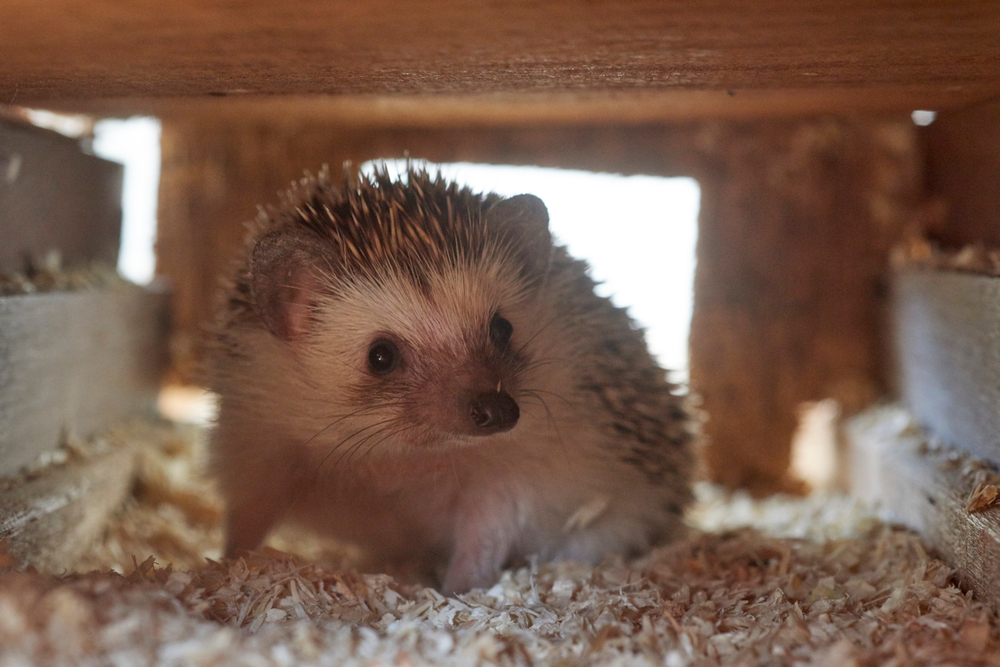Dog Kennels: Choosing and Maintaining a Safe Space
A dog kennel can be a practical and comforting space for a pet when chosen and used thoughtfully. For the responsible dog owner, understanding kennel types, sizing, ventilation, and how a kennel fits into broader pet care routines helps keep a dog safe, calm, and healthy. This article explains key considerations and practical tips for selecting and maintaining kennels.

What should a dog owner consider?
When selecting a kennel, a dog owner should weigh the animal’s size, age, activity level, and temperament. Ensure the kennel allows the dog to stand, turn, and lie down comfortably; measure your dog from nose to tail and add a few inches for movement. Consider material—metal, plastic, or wood each have trade-offs for durability and ventilation—and check for sharp edges or gaps that could trap paws. Placement matters: indoor kennels should avoid drafts and direct heat, while outdoor kennels need shade and protection from rain and wind.
How to choose the right kennel?
Choosing the right kennel involves balancing function and lifestyle. For travel or temporary confinement, a lightweight, collapsible kennel or crate with secure latches is convenient. For long-term housing, sturdier metal kennels with reinforced joints, easy-to-clean floors, and optional dividers suit growing dogs. Look for kennels with removable trays or raised flooring to aid sanitation. If you plan kennel training, pick a size that can be adjusted with dividers so the dog learns to hold until bathroom breaks.
When and why use a kennel cover?
A kennel cover can provide shelter, privacy, and temperature moderation for a dog in a kennel. Covers designed for outdoor use shield against rain, sun, and wind, while breathable indoor covers create a den-like environment that helps reduce stress for some dogs. Choose covers made from weather-resistant, well-ventilated materials with secure fastenings to avoid entanglement risks. Avoid covers that trap moisture or restrict airflow, and monitor the dog’s comfort—some dogs prefer an open view and may become anxious if fully enclosed.
Kennel and pet care basics
Regular cleaning is essential for kennel hygiene and overall pet care. Remove bedding and wash it frequently, disinfect hard surfaces with pet-safe cleaners, and inspect for wear such as rusted metal or splintered wood. Bedding choices should be washable and appropriate for the season—cool mats for hot months, insulated pads for colder weather. Keep food and water bowls clean and ensure the water supply cannot be tipped or contaminated inside the kennel.
Routine health and behavioral care complement good kennel maintenance. Provide daily exercise and mental stimulation outside the kennel so confinement is not a substitute for activity. Check for signs of stress or illness—excessive pacing, chewing, or changes in appetite—and consult a veterinarian if concerns arise. Proper vaccinations, parasite prevention, and grooming all form part of responsible pet care that supports kennel comfort and safety.
Tips for new dog owners
For new dog owners introducing a kennel, start gradually with short, positive sessions and use treats or toys to create pleasant associations. Never use a kennel as punishment; instead, make it a predictable and safe rest space. Establish a routine so the dog knows when kennel time is for rest or sleep, and allow supervised exploration before expecting longer stays. Regularly inspect kennel covers, latches, and bedding for hazards and replace worn items promptly to maintain a safe environment.
Consider local services if you need additional support—boarding facilities, trainers, and pet care professionals in your area can offer guidance on kennel selection, training techniques, and specialized products for weather protection or mobility needs. Matching the kennel to your dog’s health, behavior, and your household routine reduces stress and keeps the pet safe.
A well-chosen kennel, combined with consistent pet care practices, provides dogs with a secure and comfortable spot that supports training and daily life. Thoughtful sizing, appropriate materials, routine cleaning, and gradual acclimation help ensure the kennel becomes a beneficial part of a dog’s environment without replacing exercise or social interaction.






